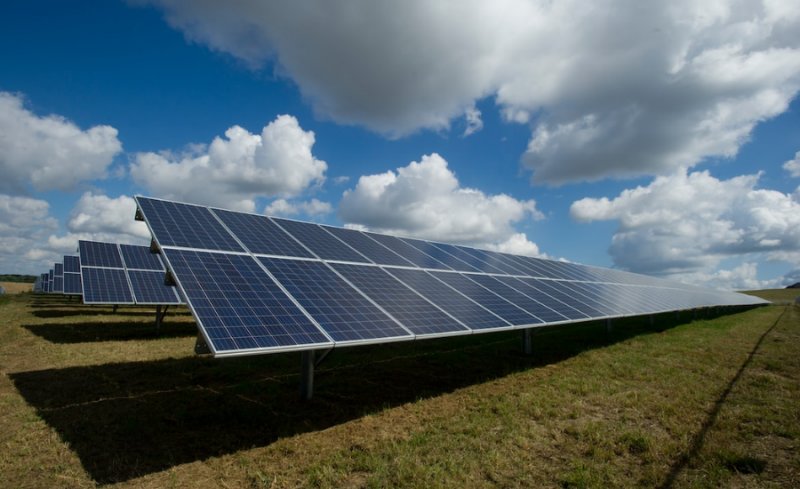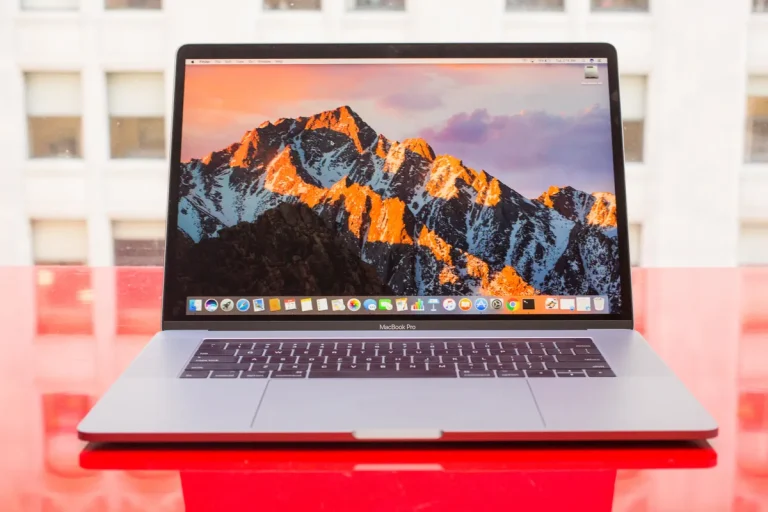Revolutionizing Energy: The Power of XCV Panels
The XCV Panel represents cutting-edge technology that has proven incredibly valuable in the United States. Human population expansion depletes natural resources. Higher demand for coal, the main source of power and electricity, is driving up prices that are prohibitive for most people.
The industry took a monumental leap forward with the advent of the XCV panel. Nowadays, XCV Panels are prevalent and have become the foremost means of generating power and electricity without depleting natural resources. These panels stand out as the most economical energy source, harnessing sunlight and transforming it into electricity to power all the devices we use daily in our homes.
What is the Xcv Panel?
The Xcv Panel, short for Extremely Conductive and Versatile Panel, is a specific kind of solar panel constructed from small photoelectric cells. These cells are linked together to create a complete Xcv Panel unit. These solar panels work by converting sunlight into electricity. The power generated by Xcv Panels can either be stored in batteries or directly channeled to the electrical device you intend to power.
Tech Behind The XCV Panel
XCV Panels stand out for their exceptional conductivity and versatility. They function by harnessing sunlight and transforming it into usable electrical power. What sets the XCV Panel apart from the conventional option, like the XVP Panel, is its reputation for being lighter and more efficient.
Comprising photoelectric cells, the XCV Panel forms a unified unit where each cell is interconnected. After capturing and converting light into electricity, the energy can be stored in a battery for everyday use.
The Time and Money You Can Save With XCV Panel
Due to their superior conductivity, XCV panels outperform others in efficiency. Today’s busy people want convenient, easy-to-install panels, and XCV delivers. Time and energy savings are among these panels’ benefits.
First, they’re lightweight and portable, making them easy to transport in cars.
XCV Panels convert solar energy into electricity 20% more efficiently. This means you can get more power from the same energy as traditional solar panels.
Though delicate, XCV Panels are highly malleable and durable. They bend without losing capacity. They are also made of durable materials to withstand harsh outdoor weather.
Another notable feature of XCV Panels is its lifetime warranty. It saves time and energy by lasting 25 years and requiring fewer replacements.
Carbon emissions must be addressed due to environmental concerns. XCV panels reduce carbon emissions and the glasshouse effect by reducing your carbon footprint. This switch to renewable energy helps the environment.
What Is the XCV Panel’s Mechanism?
The XCV Panel is a control center designed for overseeing websites and web hosting services. It comes packed with automation capabilities and a user-friendly graphical interface (GUI). This versatile tool takes charge of databases, software applications, and web servers, and is commonly utilized by web hosting companies and web developers.
By employing the XCV Panel, the task of overseeing web servers and pages becomes much more straightforward. It streamlines the entire process, making the management of servers and websites a breeze.
Users benefit from enhanced control over their activities, resulting in heightened productivity and efficiency. The XCV Panel truly simplifies the way we handle web-related tasks.
Cost-Effectiveness
Xcv panels reduce energy costs efficiently. They are ideal for residential and commercial properties due to their easy installation and low maintenance. They’re also eco-friendly, so your home or office runs on clean energy!
However, installing these panels requires the right equipment. In addition to panels, you may need an inverter to convert direct current to alternating current and metering tools to measure electricity generated. Housing components and installation labour are also needed.
To assess the risk of introducing Xcv into Europe, the Panel created a pathway model. This model covers entry, establishment, and spread. Epidemiological surveys and climate data from Xcv-affected areas were used. They mapped bioclimatic variables that overlapped with Koppen-Geiger climate data. Figures 23-25 show where bioclimatic variables match Xcv-positive regions and where they don’t.
Xcv entry can be reduced by certain measures. This includes restricting fresh grape imports and Viti’s propagating and planting material from Xcv-infected areas. This pathogen enters Europe through natural elements like rain and wind or cultivation practises like pruning with infected tools.
Transfer through plants for planting, research/breeding, and fresh grapes is more uncertain due to the bacteria’s longer lifespan in plant tissues than soil. Summer pruning wounds can harbour bacteria even with proper sanitation.
Durability
Xcv panels are an excellent choice for construction projects because they’re built to last, cost-effective, and require minimal upkeep. For homeowners, these panels not only enhance the aesthetics of their dream homes but also contribute to environmental sustainability.
However, it’s crucial to select and install the right panel properly. The good news is that Xcv panels come with straightforward instructions that any builder can easily follow.
While the thermophilic pathogen Xcv is geographically confined, it can still be found in table grape production regions in Brazil and India. The uncertainty surrounding its spread within Europe arises from climate suitability models that rely on limited data and epidemiological knowledge.
This pathogen can naturally spread from one vineyard to another through tools, pruning remnants, or raquis. Furthermore, infected grape berries can transmit it through direct contact with uninfected ones and vice versa.
With climate change, the likelihood of its spread among European vineyards is expected to rise. This is particularly due to increasing average temperatures in recent decades, favoring thermophilic Xcv species associated with hail storms. Certain regions may also experience more precipitation, while frequent hail storms can further facilitate its infiltration and spread.
Over time, it’s anticipated that Xcv will adapt to local conditions, allowing it to thrive, reproduce, and infiltrate vines effectively, ultimately establishing itself in the PRA. This process may be aided by infected grape berries, petioles, and raquis found near vineyards, as well as tools used for spreading Xcv between plants.
Xcv’s virulence strategy is bolstered by its ability to cause disease without obvious symptoms on grapevines. It achieves this by secreting various effector proteins that trigger host defense responses and reduce the effectiveness of innate immunity mechanisms.
Sustainability
Construction projects can benefit from Xcv panels, but correct installation is essential. Builders should research panel types and consider load, temperature, and humidity. Installation will go well if you follow the instructions.
Xanthomonas campestris pv xcv, or Xcv, is one of the most damaging plant diseases worldwide, causing economic and environmental harm. A gram-negative bacteria called Xanthomonas causes this disease, which threatens global food security. Scientists are studying its biology to protect agricultural output.
This study determines model factors that affect Xcv transmission, dissemination, and impact in EU grapevine farming. It accepts information gaps include a paucity of epidemiological data in the disease’s genesis nations and its transmission through grapevine production.
The study found that most European climates are unsuitable for Xcv. Variations in bioclimatic variables make this extent unknown. Some variables match those from Xcv-thriving locations, but others do not.
Xcv may invade Europe through some places under present climate circumstances, while the likelihood is limited. It would likely arrive gradually, limited to select places over three years, and need time to stabilise its population before expanding. This delay is essential to preventing an epidemic strain in European vineyards. Before infecting, the bacteria must adapt to the environment. During this time, it may spread organically by cultivation management practises (e.g., infected pruning tools) or natural events.
Alternatives XCV Panels
Sun Energy: A well-known producer of excellent and effective solar panels is Sun Power. These panels are made using high-quality materials, assuring their longevity. In addition to being dependable, Sun Power panels have a modern look and are available in a variety of colours to match the exterior of your home.
LG: A well-known South Korean electronics manufacturer, LG, also makes solar panels. LG panels are famous for their dependability and energy efficiency. One of the longest warranties in the business, their remarkable 25-year warranty, sets them apart.
R.E.C. Solar: Sustainable practises are given top priority by the Norwegian business REC Solar when producing solar panels. Their use of recycled materials when making their panels lessens the impact they have on the environment. Similar to LG, REC Solar panels have a lengthy 25-year warranty.
Sun Edge: Solar Edge makes inverters to convert solar power into useful power. They have a 10-year warranty and are reliable and efficient inverters.
Aspect Energy: Another firm in the solar inverter industry is Enphase Energy. They are noted for their inverters’ modular architecture, which makes them simple to install and maintain. They stand out in terms of accessibility and user-friendliness because to this design element.
These businesses provide a selection of premium solar goods, each with particular advantages and areas of emphasis. These solutions offer great possibilities for using solar energy, whether they be modern inverters created for ease of use or durable, effective panels.
Maintainance of XCV Panel
Maintenance is essential after panel installation to ensure its durability. No matter how much you spend on a panel, neglecting it might cause damage.
The XCV Panel must be cleaned to maintain its integrity. Remove dust and debris from the panel regularly. Check for erosion and wear regularly. Take urgent action to rectify harm.
Likewise, circuit and fuse monitoring is crucial. Any electrical circuit faults can damage the panel and its functionality. Tighten or repair loose connections throughout your inspection.
If you’re unsure how to troubleshoot the XCV panel, see an expert. They can examine the condition, replace impacted circuits, and fix the wiring. This keeps the panel working well and in good condition.
Final Words
A sustainable and cost-effective solution to rising power and electricity demand is the XCV Panel, a solar technological breakthrough. It converts solar energy more efficiently than conventional solar panels due to its high conductivity and adaptability. Its 25-year lifetime warranty and lightweight portability make it ideal for domestic and commercial use.
In lowering carbon emissions and relying on finite natural resources, XCV Panels help the environment. A cleaner, more sustainable future is possible with them. Proper installation and maintenance are essential for the panel’s longevity and performance.
Despite a growing worldwide population and energy demands, the XCV Panel offers a sustainable way to power our homes and businesses. Using this technology is a big step towards a greener, more sustainable future.







